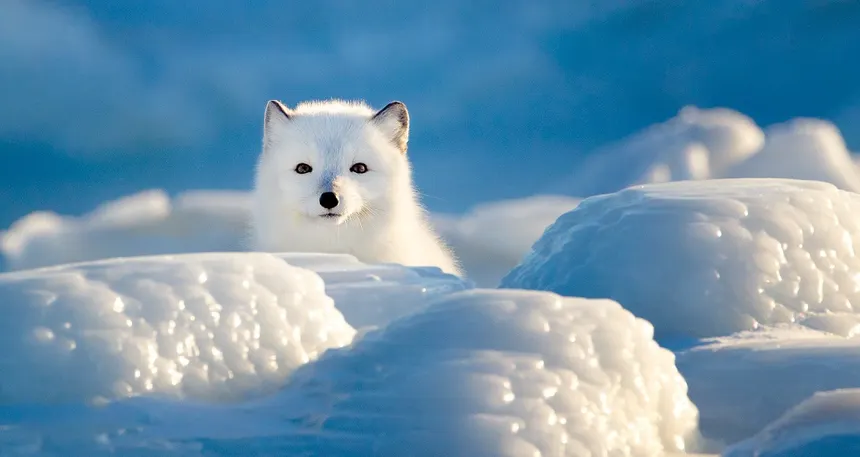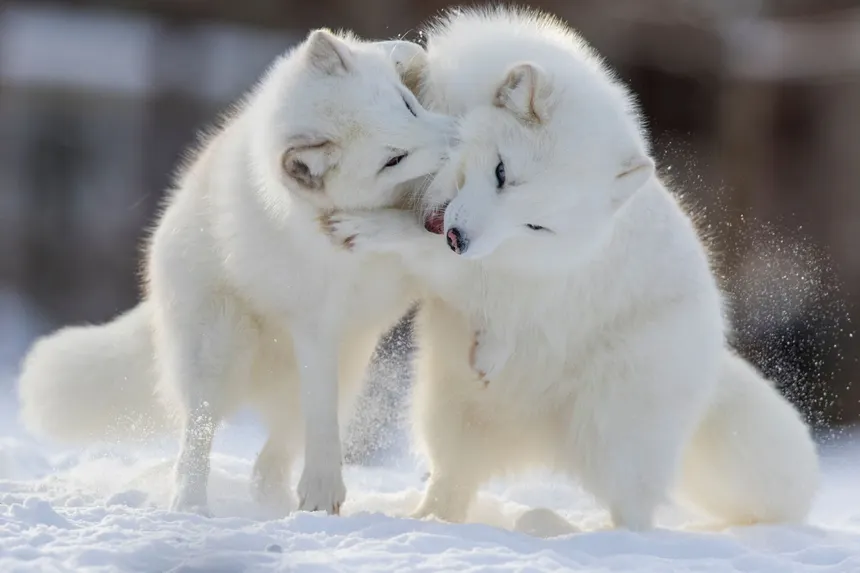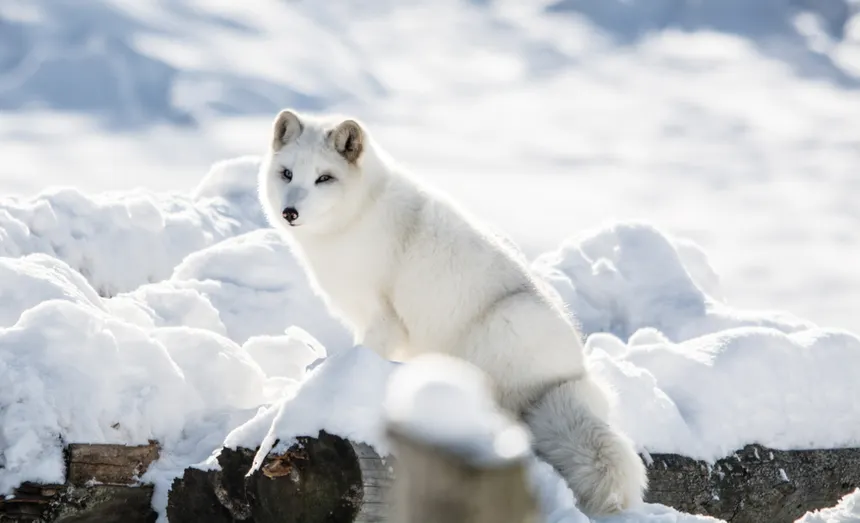7 Fascinating Facts About Arctic Foxes: Masters of the Frozen North

The Arctic fox (Vulpes lagopus) is a small but incredibly resilient mammal that thrives in one of the world’s harshest environments—the Arctic tundra. With a thick coat, keen survival instincts, and incredible adaptability, this fox has become a symbol of Arctic wildlife. Below are seven amazing facts that highlight the uniqueness of this elusive animal.
1. Arctic Foxes Change Color With the Seasons
One of the most fascinating traits of Arctic foxes is their seasonal camouflage:
- In winter, their fur turns pure white, helping them blend with the snow and ice.
- In summer, it shifts to brown or gray, allowing them to hide among rocks and vegetation.
This natural camouflage helps them both hunt prey and evade predators year-round.
2. Built for the Cold: Survival at -50°C (-58°F)
Arctic foxes are adapted to survive in temperatures as low as -50°C (-58°F). They possess:
- The warmest fur of any mammal—including polar bears.
- A compact body shape (short legs, short muzzle, and rounded ears) to reduce heat loss.
- Fur-covered footpads that act like natural snow boots.
3. Incredible Hearing and Hunting Skills
Even under a thick layer of snow, Arctic foxes can detect and catch prey:
- Their keen hearing allows them to pinpoint the exact location of small animals like lemmings, their primary prey.
- They use a behavior called “mousing” where they leap high and dive headfirst into the snow to grab unsuspecting animals.

4. Scavengers and Opportunists
While Arctic foxes hunt rodents, they are also opportunistic scavengers:
- They often follow polar bears to feed on leftover carcasses of seals.
- In lean seasons, they’ll eat anything from berries and seaweed to bird eggs and insects.
This varied diet helps them survive when food is scarce.
5. Long-Distance Travelers
When food becomes limited, Arctic foxes travel impressive distances:
- Some have been recorded migrating over 3,500 kilometers (2,175 miles) in search of food.
- They often travel over sea ice and through dangerous terrain.
A young Arctic fox tracked by scientists in 2018 journeyed from Norway to Canada in just 76 days!
6. Large Litters and Family Bonds
Arctic foxes reproduce in spring and can have litters of up to 14 pups, one of the largest among wild canines.
- Both parents help care for the young.
- Pups are raised in dens—often reused for generations and featuring multiple entrances and chambers.
These family groups stick together until the pups are ready to disperse in autumn.
7. Not Endangered—But Vulnerable in Some Regions
Globally, Arctic foxes are listed as Least Concern, but some local populations face threats:
- In places like Scandinavia, habitat loss and competition with the red fox (which is expanding northward due to warming temperatures) have caused declines.
- Climate change is a growing threat as it impacts snow patterns and prey availability.

Conclusion: Tiny Survivors of the Tundra
Despite their size, Arctic foxes are incredible survivors—ingenious, adaptable, and resourceful in the unforgiving Arctic wilderness. Their seasonal camouflage, diverse diet, long-distance travel, and warm fur have made them icons of Arctic resilience. As climate change reshapes their world, understanding and protecting these majestic animals becomes more important than ever.



